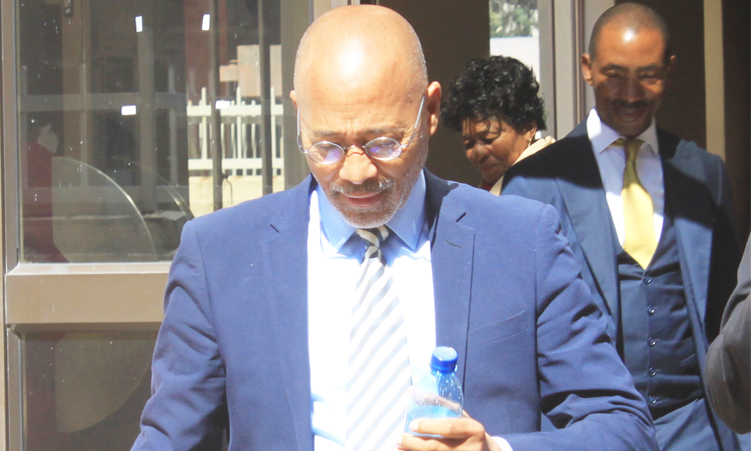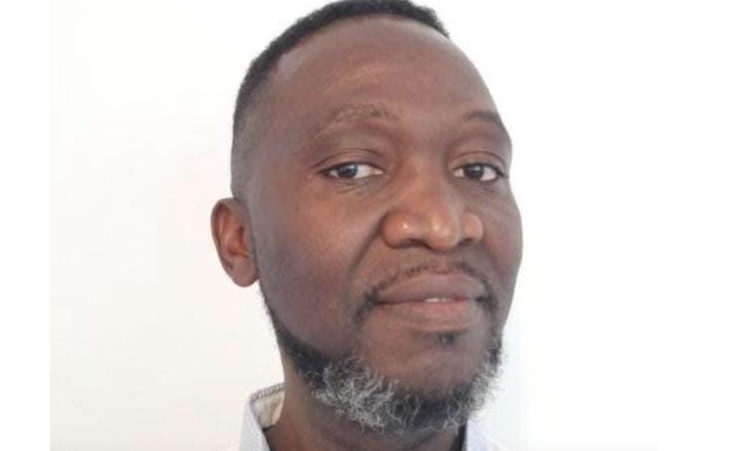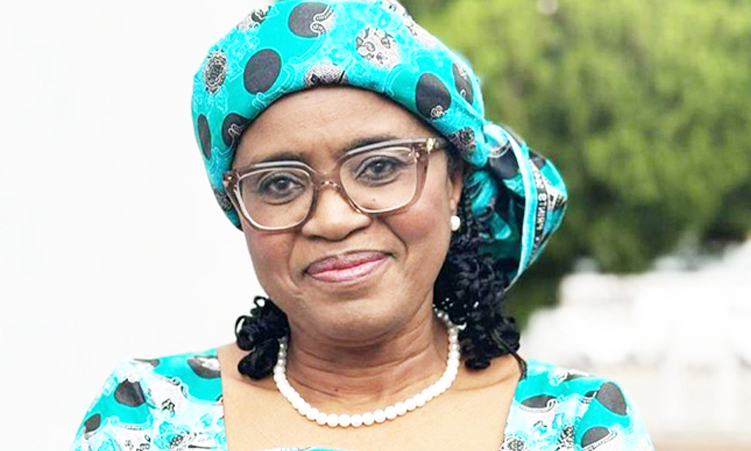MOSCOW – Ekaterina Maximova, a legendary Bolshoi Theatre ballerina and Soviet dance superstar, died yesterday at her home in Moscow, at age 70, a spokeswoman for the theatre said.
The former prima ballerina, who was still active in choreography and teaching for the troupe, died unexpectedly early yesterday morning of causes still to be established, Bolshoi spokeswoman Katya Novikova told AFP.
Maximova’s husband and lifelong dance partner Vladimir Vasiliev – who was also the Bolshoi’s artistic director for a five-year span – was on his way back to Moscow yesterday from a trip abroad, Novikova said.
‘She died too soon. She was still full of strength,’ current Bolshoi dancer Nikolai Tsiskaridze was quoted as saying by RIA-Novosti. ‘This is the loss of an extremely valuable person, whose opinion I held very dear.’
The ballerina joined the Bolshoi company right after completing her training in 1958 and danced there for nearly 30 years.
She was a principal dancer in the Bolshoi’s landmark, debut tour of the United States in 1959, enabled by the thaw that followed the death of Joseph Stalin.
Partnered with Vasiliev, the two were dubbed ‘the babies of the Bolshoi’ by US critics who raved over their technique and on-stage emotion.
Maximova won over audiences in many of the troupe’s large-scale productions of the 1960s and 1970s, dancing such key roles as Phrygia in ‘Spartacus’, Masha in ‘The Nutcracker’ and the lead in ‘Giselle’.
She was also unusual among the Soviet dancers of her time in that she collaborated foreign choreographers, performing in Maurice Bejart’s ‘Romeo and Juliet’ in 1978 and Roland Petit’s ‘Blue Angel’ in 1987.
‘This woman was a ‘baby of the Bolshoi’ who grew into an astounding tragic actress, a ballerina of the (post-Stalin) Thaw, the pride of Russian ballet, and the beauty and pride of any foreign troupe for which she performed,’ the Bolshoi said in a statement posted on its website.
Maximova’s contemporaries said she left an indelible mark on her time.
‘She was a real and great star. She had the most gorgeous legs in the world. There will never be anyone else like her,’ Vladimir Malakhov, a veteran of the American Ballet Theatre and director of the Berlin State Ballet, told RIA Novosti.
‘She is a whole era!,’ the acclaimed Bolshoi Theatre soloist, Andris Liepa, who like Maximova worked with Soviet choreographer Yury Grigorovich in the early 1980s, told Echo of Moscow radio.
‘She was not only a great dancer, but a great actress, which is a rare quality in ballet,’ said Liepa, recalling how the dancer’s many televised performances captured the public imagination. Maximova, a protégé of the Russia’s paramount ballerina Galina Ulanova, made a final cameo appearance at the Bolshoi in 1999 on the occasion of her 60th birthday.
But she was more influential behind the scenes as a mentor and coach at the Bolshoi in latter years.
‘This is an irrevocable loss, not only for the artists she worked with, but for everyone who loves ballet,’ the Bolshoi’s artistic director Yuri Burlaka said.
Revered for her toughness, Maximova revelled in her teasing moniker ‘Madame No’, choosing the appellation as the title for her memoir published in 2003.
Russian President Dmitry Medvedev and Prime Minister Vladimir Putin offered Maximova’s family and the Bolshoi condolences on the loss of the dancer, who had been named a People’s Artist of the Soviet Union – a top cultural honour – in 1973.
‘We lost Ekaterina Maximova, a great ballerina, a contemporary, bright and talented light, whose art, without doubt, encompasses a whole era in the history of Russian and international choreography,’ Putin said in a telegram to the dancer’s husband and mother.
Lavish celebrations were held in Moscow in the past year honouring Maximova and Vasiliev’s 50th wedding anniversary and the ballerina’s 70th birthday.
– Nampa-AFP
Stay informed with The Namibian – your source for credible journalism. Get in-depth reporting and opinions for
only N$85 a month. Invest in journalism, invest in democracy –
Subscribe Now!










